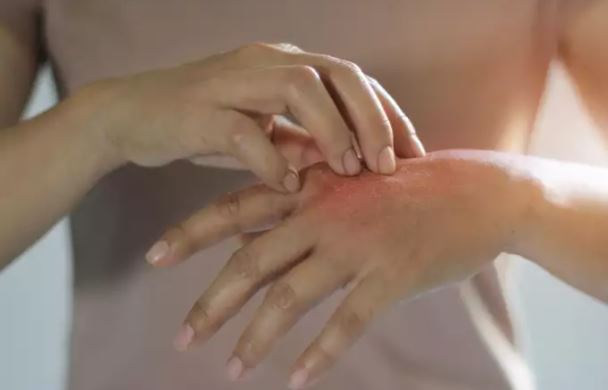
According to the International Diabetes Federation, around 42.5 crore people suffer from diabetes, globally. The number is expected to increase to 62.9 crores by 2045, which makes it a matter of concern.
Diabetes is a chronic disease that can lead to several other health issues. But the good news is that the condition can be managed by making simple lifestyle changes and regular medication.
Some people suffering from type 2 diabetes have also claimed to have reversed their condition by making lifestyle changes.
Diabetes can affect many parts of the body, including your skin. When diabetes affects your skin, it is a sign that either you have undiagnosed diabetes or your current treatment needs to be adjusted.
Here are six skin changes that indicate you need to get your blood sugar tested:
1. Yellow, red or brown patches on the skin
The
skin condition is called necrobiosis lipoidica and begins as a solid bump that looks like a pimple. As it progresses, these bumps turn into patches of hard and swollen
skin. The patches can be of reddish, yellow or brown colour.
The skin surrounding the patch looks shiny, you can see the blood vessels and it can feel itchy and painful. If you see such patches on your skin, get yourself blood sugar tested.
2. Darker skin patches that feel like velvet
A dark patch or band of velvety
skin if seen on your neck, armpit, groin or elsewhere can indicate that you have too much insulin in your blood. These patches are a sign of prediabetes. The medical name for this condition is acanthosis nigricans.
3. Blisters
Though it is not very common, in some cases, people suffering from
diabetes can see blisters appearing on their
skin. You might see a large blister, a group of blisters or both. These blisters commonly appear on hand, feet, legs and forearms and look like blisters that appear after a serious burn. Unlike the blisters caused by burn, these are not painful.
4. Takes longer to heal a wound
High blood sugar level for a long time can lead to poor blood circulation and nerve damage. Poor blood circulation and damaged nerves can make it hard for your body to heal wounds. This is especially true for the feet. These open wounds are called diabetic ulcers.
Check your feet regularly for open sores and wounds.
5. Extremely dry and itchy skin
People suffering from
diabetes are most likely to have dry and itchy
skin. Poor blood circulation caused by
diabetes can lead to dry and itchy
skin.
If your skin feels extremely dry and no lotion is able to combat it, it’s time to talk to your doctor about it.
6. Yellow scaly patches on and around the eyelids
High-fat levels in the blood can cause yellow scaly patches on and around the eyes. It can also be a sign that you have uncontrolled
diabetes. The condition is called xanthelasma.





